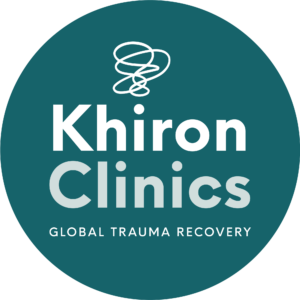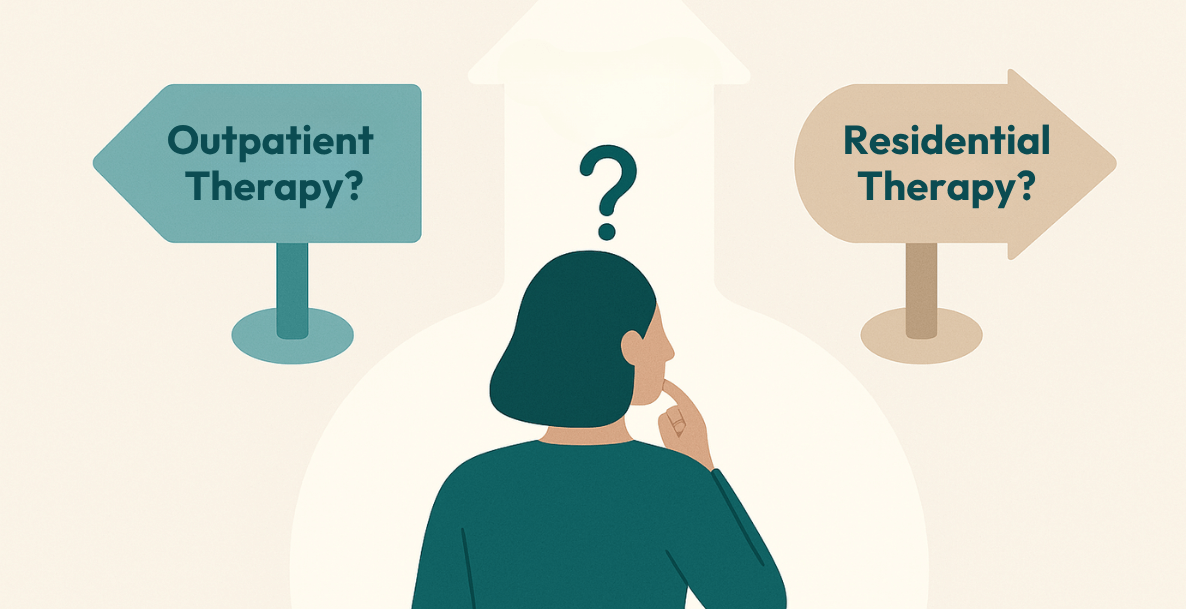The window of tolerance is a psychological concept that helps us understand emotional regulation and stress management. The window refers to an optimal range of emotional and physiological arousal within which we can effectively cope with life’s challenges and stressors. This state – where we are within the window – is characterised by emotional and physiological equilibrium, which enables us to process information, problem-solve, communicate effectively, and maintain a sense of well-being.
When we are inside the window of tolerance we exhibit adaptability, cope well with stress, and display flexible thinking and behaviour. However, if arousal levels exceed this window, hyperarousal occurs, leading to intense emotions, anxiety, and difficulty concentrating. Conversely, arousal levels below the window result in hypoarousal, causing numbness, dissociation, and depression.
Expanding this window is crucial in trauma therapy to enhance emotional regulation and well-being.
What is the Window of Tolerance?
The window of tolerance is a model proposed by Dan Siegel in his 1999 book The Developing Mind 1. As a concept rooted in neuroscience research, it offers valuable insights for improving and maintaining mental health and well-being. The model provides a framework for effectively managing heightened emotions that can adversely affect us and our performance in daily tasks.
We all experience emotional fluctuations, especially during stressful periods or crisis moments. During these times, articulating feelings verbally can be challenging, as we become increasingly overwhelmed. In this case, physiological and behavioural cues become vital indicators of people’s emotional state. Recognising these signs allows us to extend support, both for ourselves and others.
The window of tolerance is often explained through the image of a window that depicts the state of regulation and emotion management that we all strive towards. While we remain inside our window of tolerance, we feel capable of dealing with change, solving problems, and generally coping with the challenges that life is unavoidably littered with. Above the window lies the state of hyperarousal, where the body often experiences an urge to fight or run away. Feelings of anxiety, anger, overwhelm and fear often dominate. Below the window is the state of hyperarousal where the body wants to stop, rest and shut down. People often describe feeling spaced out, numb or frozen in this state.
A Closer Look at the States of Arousal
Within the window of tolerance, individuals can navigate a wide spectrum of emotions and stressors without becoming overwhelmed.
In the hyperarousal state we experience heightened emotions such as anxiety, panic, anger, or agitation. Concentration becomes challenging, feelings of being overwhelmed prevail, and reactions tend to be intense.
When our arousal levels dip below the lower threshold of our window of tolerance, we enter a hyperarousal state. This often leads to sensations of numbness, dissociation, or depression. Motivation may dwindle, focus is elusive, and emotional disconnection occurs.
Neurobiology of Hyperarousal
Hyperarousal is associated with an overactive sympathetic nervous system response. When a person experiences a trigger or stressor, the amygdala, a brain region involved in processing emotions and threat detection, sends a distress signal to the hypothalamus. The hypothalamus then activates the sympathetic nervous system, triggering the “fight, flight, or freeze” response. Hyperarousal aligns with the sympathetic nervous system activation described in the Polyvagal Theory. The sympathetic nervous system becomes dominant, preparing the body for action by releasing adrenaline and cortisol. In this state, the individual is in a heightened state of arousal, often reacting impulsively or aggressively.
The effects on the brain are notable in the hyperarousal state. Brain regions associated with emotional processing, such as the amygdala, show heightened activity. The prefrontal cortex, responsible for rational thinking and decision-making, experiences reduced activity. This imbalance contributes to difficulty in reasoning and amplification of emotional responses.
The Window of Tolerance and Trauma
For trauma survivors, their window of tolerance is frequently narrower due to their heightened sensitivity to triggers. Traumatic experiences can disrupt emotional regulation, causing them to readily shift into hyperarousal or hypoarousal states. These extreme reactions hinder their ability to effectively process and cope with distress.
Stressors or triggers, no matter how minor, can easily push a traumatised individual out of their window of tolerance 2.
Hyperarousal and hypoarousal present significant challenges for progress in therapeutic sessions. Individuals in a hyperarousal state struggle with explosiveness and tense physical responses, making it difficult to establish healthy habits and manage emotions. On the other hand, those in a hyperarousal state face emotional numbness and a struggle to express themselves.
Endnotes
- Siegel, D. J. (1999). The developing mind: Toward a neurobiology of interpersonal experience. Guilford Press.
- Corrigan FM, Fisher JJ, Nutt DJ. Autonomic dysregulation and the Window of Tolerance model of the effects of complex emotional trauma. J Psychopharmacol. 2011 Jan;25(1):17-25. doi: 10.1177/0269881109354930. Epub 2010 Jan 21. PMID: 20093318.






